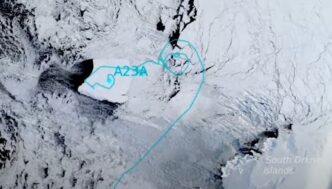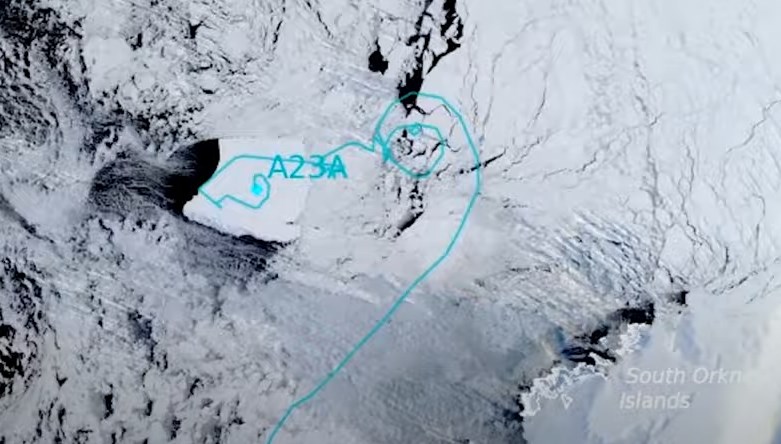The world’s largest iceberg, A23a, moved after more than 30 years and started a new journey in the Southern Ocean. The iceberg, which is twice the size of London, weighs approximately one trillion tons and is being closely monitored by scientists.

Experts from the British Antarctic Survey (BAS) confirmed that the iceberg has broken away from its place north of the South Orkney Islands. A23a is now setting out on a new journey, drifting in the Southern Ocean.

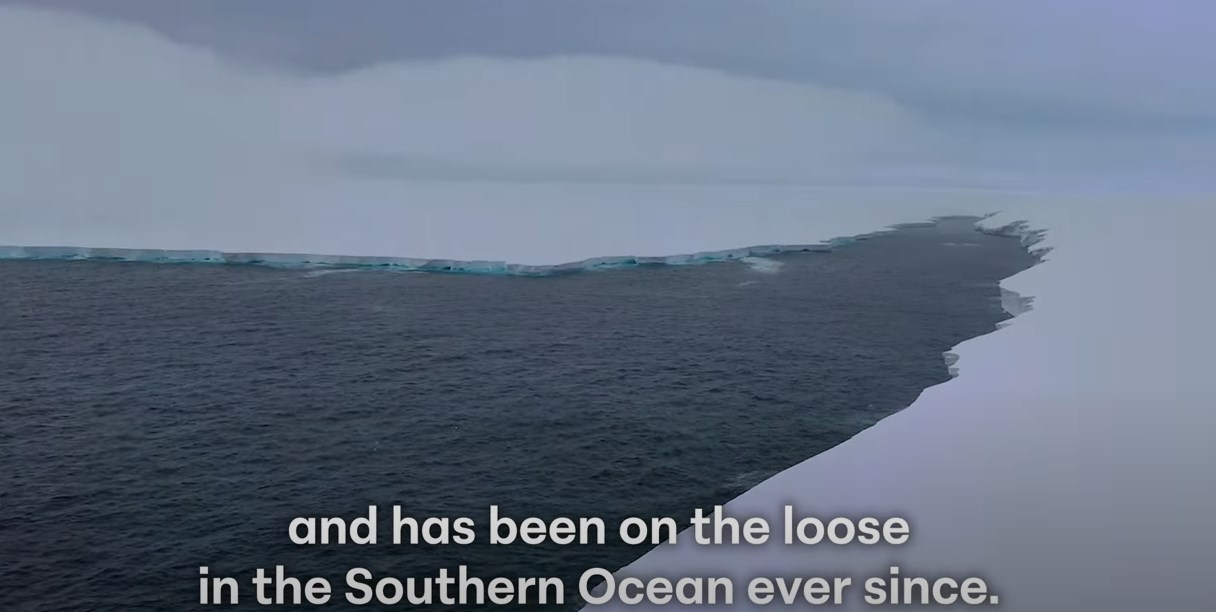
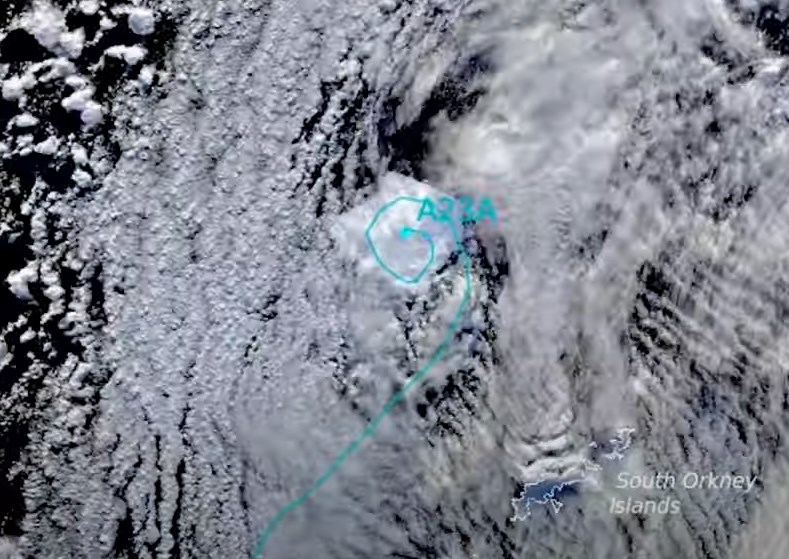
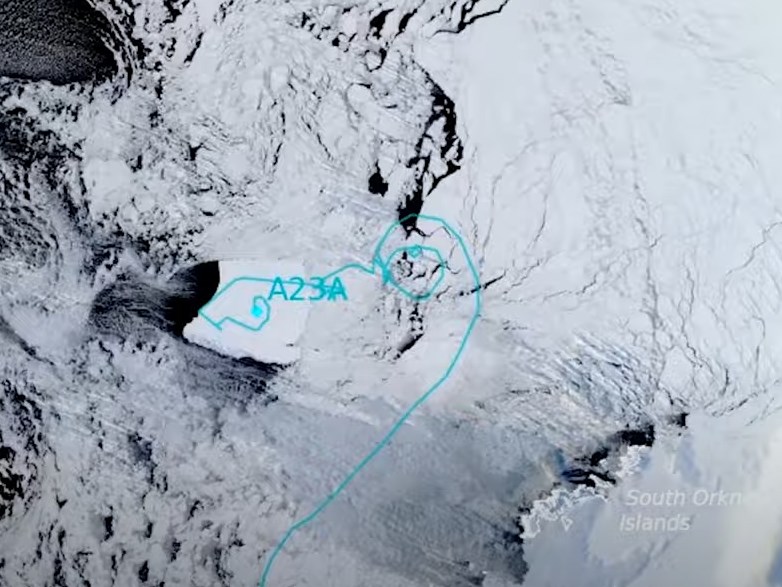
“We know that such giant icebergs can provide nutrients to the waters they pass through and create ecosystems in less productive areas,” said biogeochemist Laura Taylor from BAS. “But we don’t yet know exactly how the size and origin of the icebergs make a difference in this process.”
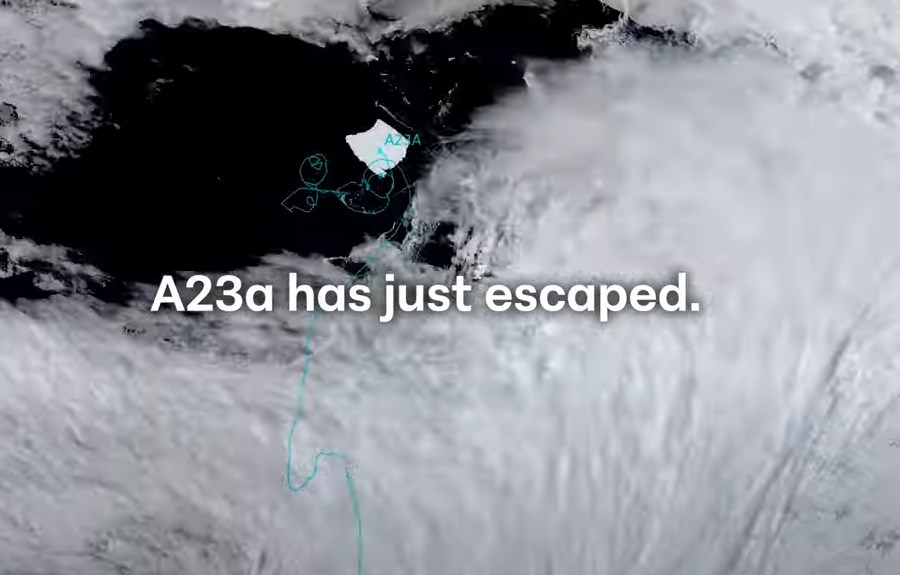
The giant iceberg’s journey will not only provide new data for ocean science, but also provide important clues about the changing dynamics of Antarctica. Scientists continue to closely monitor the impacts of A23a’s movement on both climate change and ecosystems.
